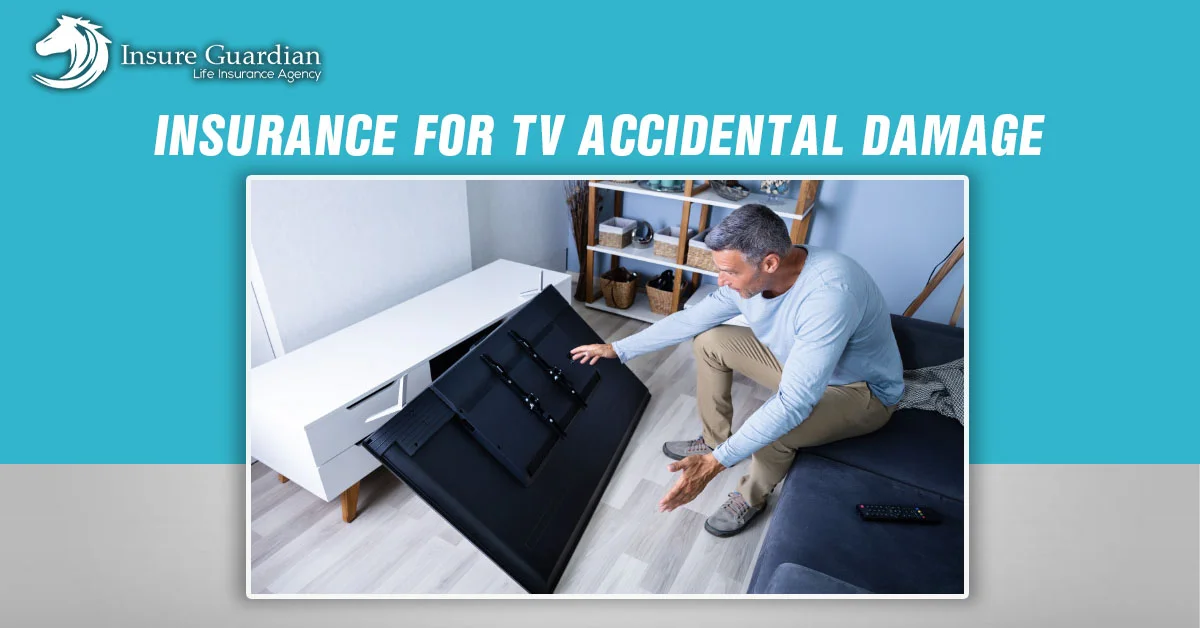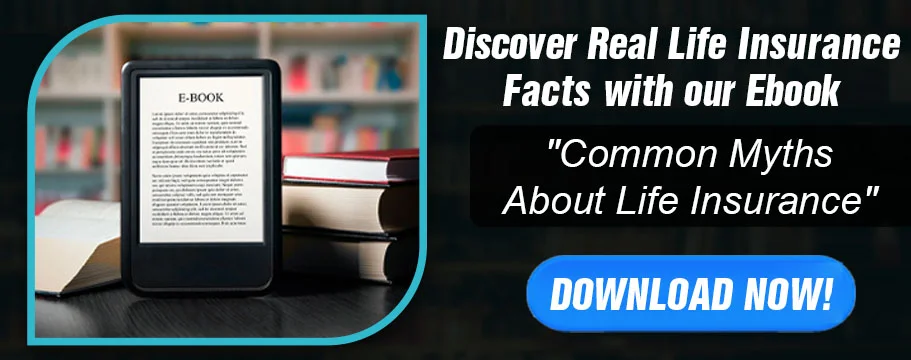Introduction
Welcome to our comprehensive guide on insurance for TV accidental damage. Your TV is a valuable asset, and protecting it against accidental damage is essential. In this blog post, we will provide you with valuable insights and guidance on understanding the types of accidental damage, coverage options, policy considerations, and assessing your insurance needs. We’ll explore the benefits of TV accidental damage insurance, discuss different coverage options, and offer tips to help you make informed decisions. By the end, you’ll be equipped with the knowledge to safeguard your TV investment and navigate the world of insurance for TV accidental damage.
What Is TV Insurance?
In most cases, an extended warranty is presented to you when you buy a new television from an electronics retailer. Although consumers may find these coverage plans to be pricey, complicated, and only partially comprehensive, retailers love to offer them.
The need to pay for a confusing array of extended warranties and insurance add-ons is removed with TV insurance. Instead, you’ll receive straightforward, all-inclusive insurance that guards against theft, damage, and catastrophic failure of your television.
But you should exercise caution. There are variations among TV protection plans. It is crucial to comprehend the specifics of these plans and pick the supplier that can give you the most security for your priceless possessions.
Understanding TV Insurance
Understanding TV insurance is crucial for protecting your valuable entertainment asset. TV insurance provides coverage against accidental damage, ensuring you’re financially protected in case of mishaps.
It’s important to grasp the definition and purpose of TV insurance, whether it’s a standalone policy or included in your home insurance. By familiarizing yourself with the types of accidental damage that can occur, such as screen damage, electrical damage, liquid damage, and physical damage, you can assess the coverage options available. Understanding the scope of coverage, exclusions, limitations, and policy terms will help you make informed decisions and choose the right TV insurance to suit your needs.
What Does TV Insurance Cover?
TV insurance provides coverage for a range of potential risks and damages that can affect your television. It typically covers accidental damages such as screen cracks, scratches, electrical damage from power surges, liquid damage from spills or leaks, and physical damage caused by falls or mishandling.
The coverage may include repair or replacement costs, depending on the policy. It’s important to review the specific terms and conditions of your TV insurance policy to understand the extent of coverage, any exclusions, and the claims process. By having TV insurance, you can have peace of mind knowing that your television investment is protected against unexpected accidents and damages.
Types of Accidental Damage Insurance
Accidental damage insurance provides coverage for a wide range of unforeseen incidents that can damage your property. Common types of accidental damage insurance include home insurance, car insurance, and electronics insurance.
Home insurance covers accidental damage to your property, such as broken windows or damaged appliances. Car insurance protects against accidental damage to your vehicle, including collisions or vandalism. Electronics insurance focuses on accidental damage to electronic devices like smartphones or laptops.
Each type of insurance has its own coverage limits, deductibles, and specific terms and conditions. Understanding the different types of accidental damage insurance helps you choose the appropriate coverage to safeguard your assets and mitigate financial risks.
Can You Buy TV Insurance After Purchase?
Yes! Users of Insureguardian are able to buy a protection plan for any televisions and electronics that were purchased “new” within the previous 120 days of their plan. Accordingly, you will have approximately four months after purchasing a new television to buy TV insurance.
Naturally, we ask that everything be in perfect condition when you buy an insurance plan. TV insurance cannot be purchased after an incident has already occurred, thus it is preferable to buy a policy as soon as possible.
How Much Does Life Isurance Cost?
How Much Does TV Insurance Cost?
Insureguardian offers an “Everything Protected” plan that only costs $15.00 per month. If you pay annually, the monthly cost is reduced to $18.00. Students receive a discount, paying only $12.00 per month or only $10.00 per month if paying annually.
We also offer family plans for every member of your household, so even your college students can take advantage of the protection we offer.
For that price, you’ll receive protection for your phone as well as 25 other electronic devices, including your television. That makes insureguardian protection plan a much better value than that offered by our competitors, who often charge you for each device you add to your policy.
Our lower cost can also be seen in our deductibles. For damage or theft, your deductible is only $99, and students only pay $49. Compare insureguardian vs. SquareTrade, and you’ll see that SquareTrade deductibles can be as high as $299!
This cost is comprehensive, and you can receive a payout as high as $2,000 per incident, which means you’ll never have to worry about coverage for your valuable electronics.
Is It Worth Getting Insurance on a TV?
It’s always preferable to be covered by insurance than to need it in a situation when you don’t. The price of a typical 40-inch LCD TV can reach $500, while some models with larger screens and smart TVs can reach hundreds of dollars.
That’s a considerable replacement cost, especially in light of the fact that the majority of manufacturers don’t cover damage from drops or accidents. You may rest easy knowing that your investment in a TV is covered against all kinds of harm with TV insurance.
Insurance Policy Coverage
Insurance policy coverage refers to the extent of protection provided by an insurance policy. It outlines what specific risks and damages are covered, and the terms and conditions for filing a claim. For example, in car insurance, coverage may include liability for injuries or property damage, collision coverage for vehicle damage, and comprehensive coverage for non-collision incidents.
Home insurance coverage typically includes dwelling protection, personal property coverage, liability coverage, and additional living expenses. Understanding the scope of coverage is crucial to ensure you have adequate protection for potential risks. Reviewing policy coverage details, including exclusions and limitations, helps you make informed decisions and ensures you have the necessary financial support in case of unforeseen events.
Assessing Insurance Needs
Assessing insurance needs involves evaluating your specific circumstances to determine the type and amount of insurance coverage required. Factors to consider include your assets, liabilities, dependents, income, and risk tolerance.
For example, assessing life insurance needs involves considering the financial impact on your family in the event of your death. Homeowners should assess their property value and potential risks. Car owners should evaluate their driving habits, the value of their vehicles, and potential liability. By carefully assessing insurance needs, you can ensure you have adequate coverage to protect yourself, your loved ones, and your assets from potential risks and uncertainties.
Additional Tips and Considerations
When it comes to insurance, there are additional tips and considerations to keep in mind. Firstly, practicing proper maintenance and care for your insured items can help prevent accidents and damage. Secondly, explore bundling options, such as combining multiple insurance policies, to potentially save on premiums.
Thirdly, review any existing warranties to avoid overlapping coverage. Lastly, seek advice from professionals, compare insurance providers, and carefully review policy terms and conditions before making a decision. These tips and considerations can help you make informed choices, maximize coverage benefits, and ensure you have the right insurance solutions in place to protect your assets and mitigate risks.
The Coverage You Need — The Peace of Mind You Want
Sign up now to see why insureguardian has earned a reputation as one of the industry’s most dependable insurance providers. You’ll be grateful for the degree of protection your policy provides because our “everything covered” plan covers a variety of gadgets.

Expert Life Insurance Agent and health insurance agent
Dylan is your go-to guy for life and health insurance at InsureGuardian. He’s helped over 2,500 clients just like you figure out the best insurance plans for their needs. Before joining us, Dylan was sharing his expertise on TV with Global News and making a difference with various charities focused on health. He’s not just about selling insurance; he’s passionate about making sure you’re covered for whatever life throws your way.






